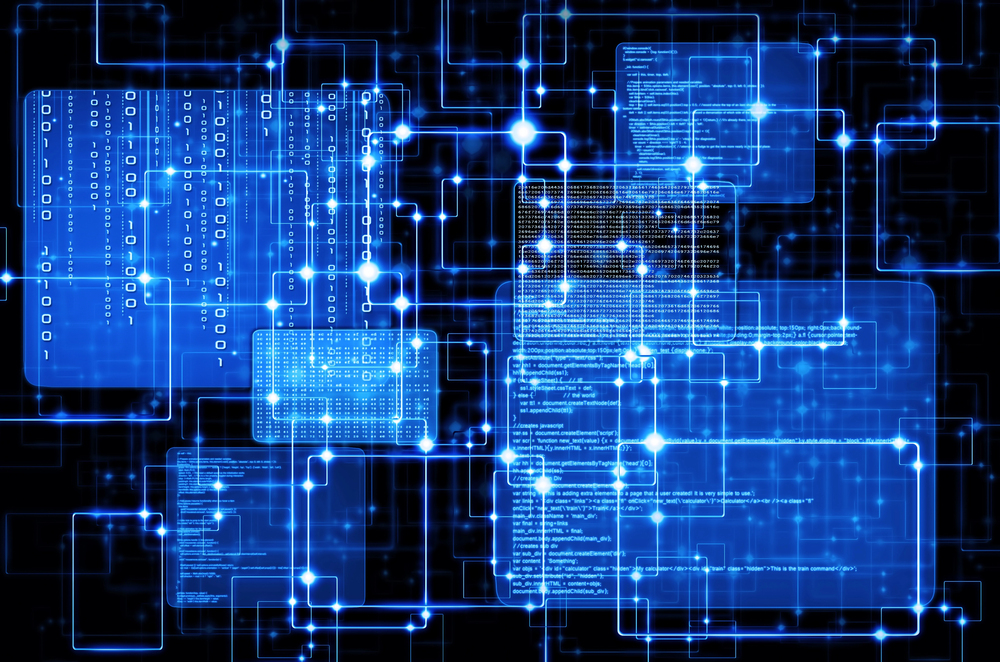
The Internet of Things (IoT) is transforming the way we interact with devices. From smart homes to autonomous vehicles, the potential of IoT is boundless. However, with the growing number of devices and the amount of data they generate, cloud computing alone is not enough to meet the demands of IoT applications. That’s where edge computing comes in.
In this article, we’ll explore how edge computing is revolutionizing IoT and smart devices in the cloud.
What is Edge Computing?
Edge computing is a distributed computing architecture that brings computation and data storage closer to the devices and sensors that generate data. Fog-computing (often associated with Cisco) is another term used to describe this concept based on the metaphorical phrase for a cloud close to the ground, just as fog concentrates on the edge of the network. This architecture enables faster processing of data. It also reduces latency by eliminating the need to transfer data to a central location for processing.
In traditional cloud computing, data processing and storage occur in remote data centers. This can lead to slower processing and increased latency. With edge computing, data processing and storage occur at the edge of the network, closer to the devices and sensors generating the data.
How is Edge Computing Revolutionizing IoT?
Let’s take a look at some of the ways edge computing is transforming IoT:
Real-time data analysis – Edge computing enables real-time data analysis by processing data closer to the devices and sensors generating it. This real-time analysis allows for faster decision-making and better insights, leading to improved operational efficiency and reduced downtime.
- Increased security – Edge computing can increase the security of IoT applications by processing data at the source. This approach reduces the amount of data transferred to a central location, lowering the risk of data breaches and cyberattacks.
- Reduced costs – By reducing the amount of data sent to a central location for processing, edge computing can lower bandwidth costs and reduce storage requirements.
- Reduced latency – Edge computing improves response times and reduces latency by processing data at the edge of the network. This is critical in applications such as autonomous vehicles, where real-time data analysis is essential for safety.
- Better Insights – By analyzing data in real-time and providing real-time feedback to users, edge computing enables users to make faster and more informed decisions.
See also: Nailing AI From Cloud to the Edge
Examples of Edge Computing in IoT
Edge computing has the potential to revolutionize a wide range of industries, from healthcare to industrial IoT to smart retail and beyond. Let’s take a look at some of the most exciting examples.
Autonomous Vehicles
Autonomous vehicles rely on a variety of sensors such as radars, LiDars (light radars), ultrasonic sensors, and video cameras. The data collected from those sensors along with actuators, complex algorithms, machine learning systems, and powerful processors allow the autonomous car to create a map of its surroundings and navigate its route.
Autonomous vehicles utilize edge computing AI programs, which are trained using data center machine learning models. Moreover, connecting to the edge allows autonomous cars to improve safety, enhance efficiency, reduce accidents, and decrease traffic congestion. The edge allows for real-time data processing, reacting to data instantaneously, making decisions as to how to respond to condition changes, and sharing data with other vehicles.
Smart cities
Edge computing is used in smart cities to enable real-time data analysis of traffic patterns, air quality, and other data. This real-time analysis can help city planners make more informed decisions about city infrastructure and services.
For example, video cameras installed at intersections can detect the number of vehicles and pedestrians present. This information can be utilized to adjust traffic light timings, alert emergency services in case of an accident, or send alerts to drivers to avoid congested areas. By processing the data locally, edge computing can reduce the load on the city’s network.
Healthcare
Edge computing is used in healthcare to enable real-time monitoring of patient health data. This allows healthcare providers to quickly identify potential health issues and take action.
An example would be a patient with a chronic health condition, such as diabetes, who wears a glucose monitor. With edge computing, the data from the glucose monitor can be analyzed locally, allowing healthcare providers to receive real-time alerts if the patient’s glucose levels fall outside of a safe range. This can help prevent complications and allow for faster interventions.
Manufacturing
Edge computing is used in industrial IoT applications to enable real-time monitoring and analysis of manufacturing processes. This approach enables manufacturers to identify potential issues before they become significant problems.
Here’s just one example. Sensors can be installed on a conveyor belt in a factory to monitor speed, vibration, and temperature. Edge computing can analyze this data and allow for predictive maintenance to be performed when the data indicates that the conveyor belt may be at risk of failure. This can prevent unexpected downtime, reduce maintenance costs, and increase productivity.
Retail
Edge computing is used in smart retail applications to enable real-time analysis of customer behavior and preferences. This data can be analyzed at the edge, allowing retailers to make real-time decisions about product placement and marketing strategies.
Example: Sensors can be installed on store shelves to collect data on how customers interact with products. Edge computing can analyze this data in real-time, allowing store managers to change product placement or adjust inventory levels to improve sales.
See also: New Report Highlights $14 Billion IoT IAM Market
Take the Next Step
As the number of IoT devices grows, edge computing will become increasingly important in ensuring the efficient processing of data and the delivery of real-time insights to users. And as we continue to explore the possibilities of edge computing, we are likely to see a wave of innovation and new opportunities emerge in the years to come.

Fadil Eldin is a Senior Solutions Architect at ClearScale. He has nearly 30 years’ experience in enterprise software. Eldin can be found online at LinkedIn.




This can prevent unexpected downtime, reduce maintenance costs, and increase productivity?